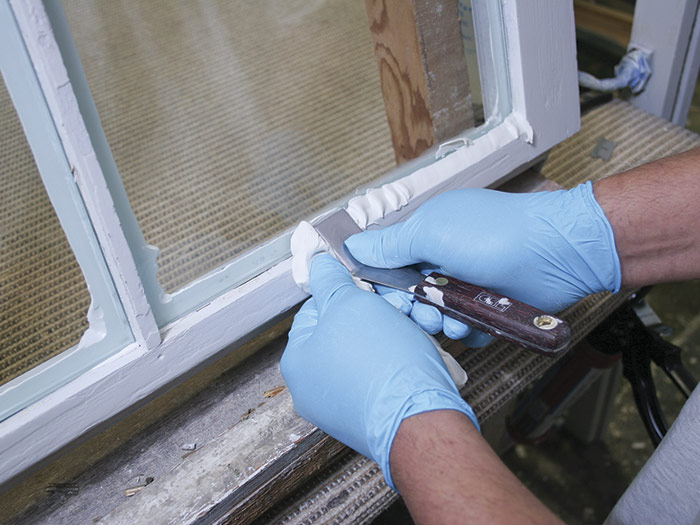House Window Repair: A Comprehensive Guide for Homeowners
Windows are an important part of any home, not only supplying light and ventilation however also boosting the aesthetic appeals and energy performance of a home. However, in time, windows might establish problems such as fractures, leaks, or faulty systems that can diminish their performance and security. This article functions as a detailed guide on house window repair, covering the kinds of windows, common problems, repair methods, and preventative steps to keep your windows in outstanding condition.
Comprehending Different Types of Windows
Property owners require to be knowledgeable about different types of windows to understand their repair needs much better. Below are some common window styles:
| Type of Window | Description |
|---|---|
| Single-Hung | Has a set top sash and a movable bottom sash. |
| Double-Hung | Functions two movable sashes, permitting much better air flow. |
| Casement | Hinged on one side and opens external, providing optimum ventilation. |
| Sliding | Opens by moving horizontally, typically used for bigger openings. |
| Bay or Bow | Projects outward from the house and usually consists of multiple panels. |
Typical Issues with House Windows
In spite of the range of window designs offered, house owners might come across a number of common concerns in time, including:
- Drafts: Air leaks around the window frame can cause energy ineffectiveness.
- Condensation: Excess moisture can develop up between panes, causing fogged windows.
- Fractures: Physical damage can occur due to weather conditions, impacts, or age.
- Broken Locks or Handles: Malfunctioning hardware can compromise security.
- Rotted Frames: Wooden window frames may rot due to moisture, necessitating replacement.
Window Repair Techniques
Depending on the kind of issue, various repair methods can address window concerns successfully.
1. Repairing Drafts
Drafty windows can substantially increase utility bills. Here are some reliable solutions:
- Weatherstripping: Apply adhesive weatherstripping to create a seal around window frames.
- Caulking: Use caulk to fill gaps and fractures around the window edges.
- Window Film: Apply insulation window movie during colder months to reduce heat loss.
2. Attending to Condensation
Condensation can harm the insulation in between double- or triple-paned windows. This needs cautious intervention:
- Ventilation: Improve airflow in the space to decrease humidity levels.
- Professional Repair: In case of serious condensation, a professional glazier can replace the afflicted pane.
3. Fixing Cracks
Fractures in window glass can be fixed or changed depending upon their intensity:
- DIY Repair Kits: Purchase a glass repair package, which often includes resin that can fill small cracks.
- Professional Replacement: For bigger fractures, a complete glass replacement might be essential.
4. Replacing Hardware
Malfunctioning locks or deals with can compromise window security. Steps consist of:
- Screws and Bolts: Tighten or change screws and bolts on the locking system.
- Full Hardware Replacement: If the lock or deal with is damaged beyond repair, buy a compatible replacement for your window type.
5. Fixing Rotted Frames
Decayed wood frames can be tough but workable with DIY abilities:
- Assessing Damage: Determine the degree of decomposing. Small rot can often be repaired with wood fillers.
- Professional Replacement: Extensive decomposing may require changing the frame totally.
Preventative Maintenance for Windows
To keep window integrity and lengthen their lifespan, consider the following preventative steps:
- Regular Cleaning: Clean windows to avoid dirt accumulation which can cause damage over time.
- Inspect Frames: Perform routine evaluations of frames and sashes for signs of wear.
- Reapply Caulk and Weatherstripping: Ensure seals remain intact to avoid drafts and wetness infiltration.
- Screen for Condensation: Keep an eye out for moisture accumulation, especially in energy-efficient windows.
House window repair is not just a necessity; it is an essential aspect of preserving a secure, energy-efficient, and aesthetically pleasing home. While some repair work can be taken on by homeowners themselves, other problems may require the proficiency of a professional. Routine upkeep can reduce much of the typical problems faced by windows, ensuring they last longer and perform effectively.

Often Asked Questions (FAQs)
Q: How do I know if I require to repair or change my windows?A: If the damage is minor, repairs can typically extend the life of your windows. However, if the frame is significantly decaying or seals are broken, replacement may be more economical. Q: Can I repair window screens myself?A: Yes, replacing the screen material in your window frame is usually workable and involves eliminating the old screen and stapling or pressing in a brand-new screen product. Q: What tools do I need for basic window repair?A: Common tools consist of a caulking gun, weatherstripping, a screwdriver, a putty knife, and, for glass repair work, a glass repair package. Q: How typically must I perform window maintenance?A: Inspect your windows at least twice a year-- spring and fall are perfect times-- to check for damage or wear. Summary of Key Points Comprehend the numerous types of windows to recognize repair requirements. Typical window issues consist of drafts, condensation, cracks, and decomposed frames.Follow proper repair techniques for specific concerns. Preventative upkeep is important for lengthening








